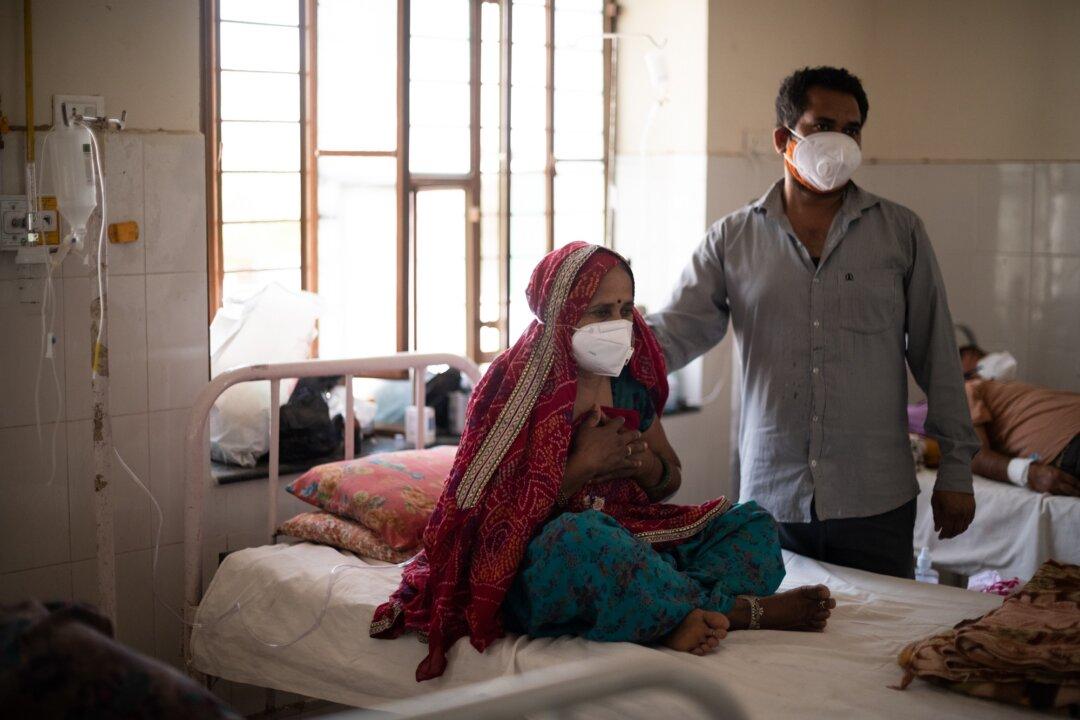NEW DELHI—Nausana, a village about 60 miles outside New Delhi in India’s most populous state, Uttar Pradesh, had only one case of COVID-19 during the country’s second wave of the pandemic: a driver for a Delhi High Court judge who recovered while in quarantine.
All 1,700 of the village’s voters have already been tested, and vaccinations began on May 28. But the vaccinations aren’t being administered in the village’s sub-health care center—a health unit in India that is the first point of contact between any community and its primary health care facility—but instead in villagers’ homes on charpaies, traditional beds made from ropes.





